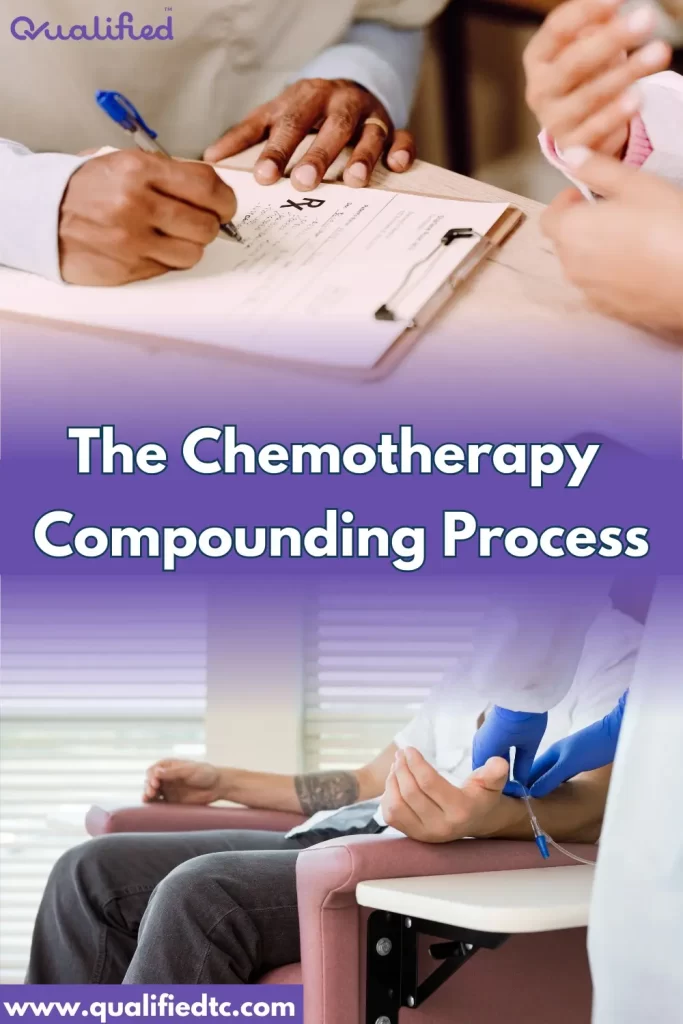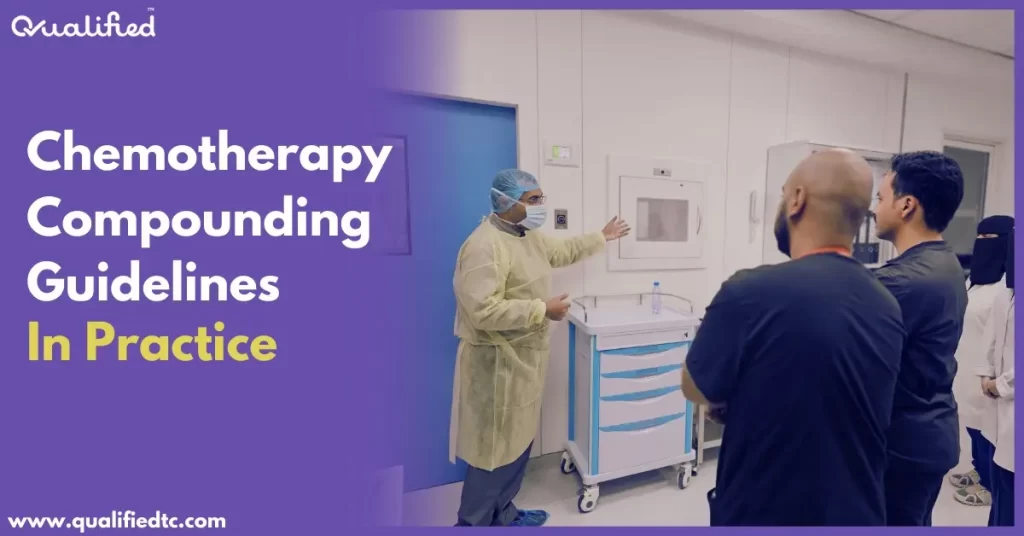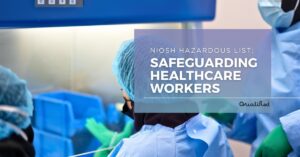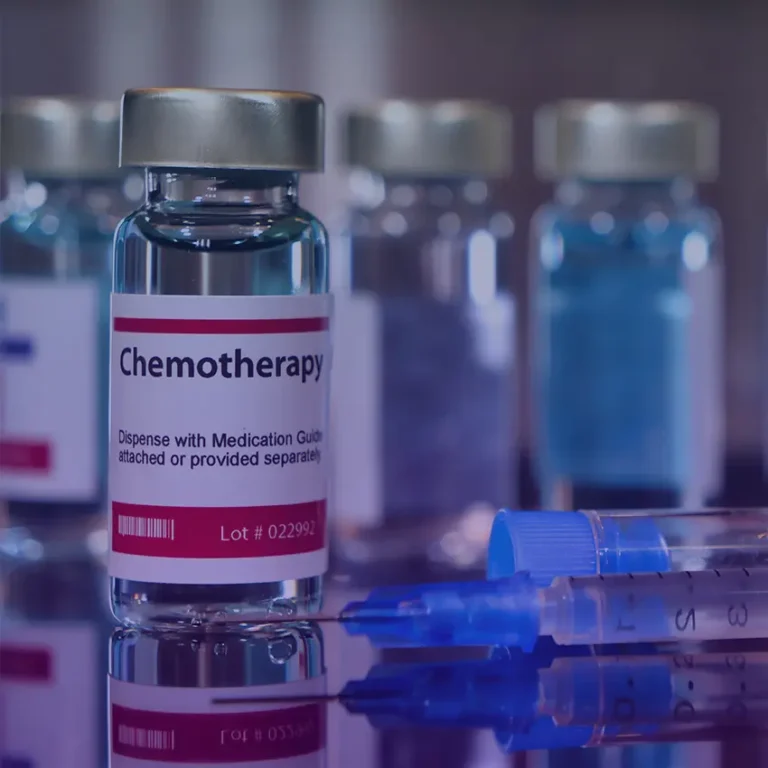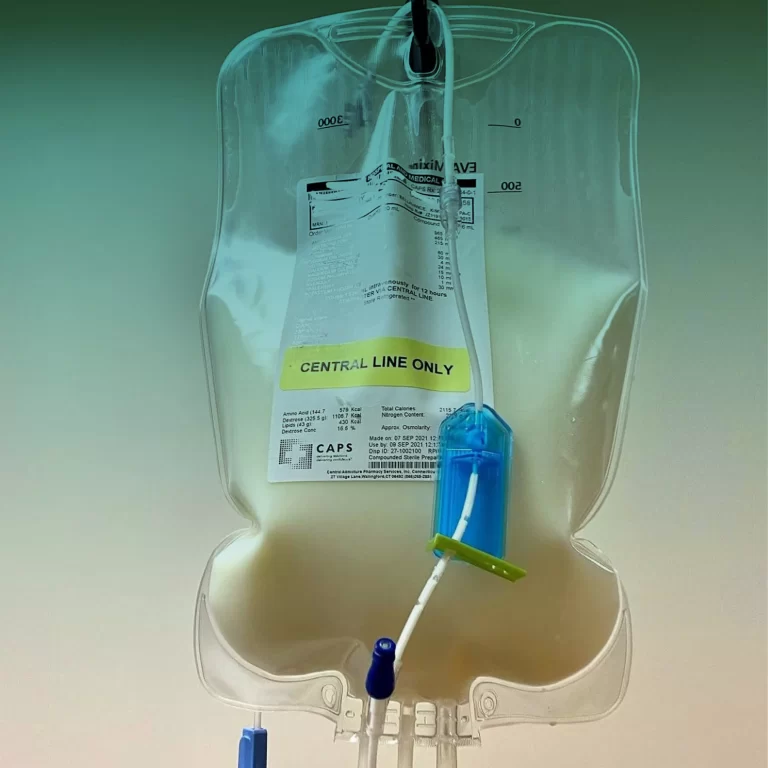Navigating Chemotherapy Compounding Guidelines: A Comprehensive Guide

Chemotherapy compounding guidelines are paramount for safeguarding both healthcare staff and patients while ensuring medication efficacy. The complex nature of chemotherapy drug preparation necessitates strict adherence to regulatory standards. This article provides a comprehensive overview of the essential guidelines that healthcare professionals must follow to navigate this critical process and optimize patient outcomes.
What Is Chemotherapy Compounding?
Chemotherapy, cancer drugs, and antineoplastic drugs are interchangeable terms referring to medications used in cancer treatment. Chemotherapy compounding is a specialized process involving the precise preparation of cancer treatment medications, tailored to individual patient needs.
Unlike standard pharmaceutical products administered in pre-filled vials, chemotherapy regimens often require custom formulations.
From Prescription to Preparation: The Chemotherapy Compounding Process
The journey of a chemotherapy drug involves a complex series of steps carried out by healthcare professionals:
- A physician’s treatment plan dictates the specific composition and dosage of a chemotherapy regimen.
- This prescription is then transmitted to a pharmacy or specialized compounding facility.
- Skilled pharmacists, or pharmacy technicians, working in strictly controlled environments, meticulously measure, mix, and prepare the chemotherapy drug according to the physician’s order.
This intricate process ensures that patients receive the exact medication dosage necessary for their particular condition, optimizing treatment efficacy, and minimizing potential side effects.
It’s essential to note that this process necessitates rigorous adherence to chemotherapy compounding guidelines and quality control measures to protect both patients and healthcare workers from exposure to hazardous drugs.
Who Prepares The Chemotherapy Compounds?
Preparing chemotherapy medications is a specialized task requiring expert knowledge and skills. Pharmacists and pharmacy technicians with specialized training in handling hazardous drugs are responsible for preparing these potent medicines.
Due to the inherent dangers of antineoplastic drugs, these professionals adhere to strict chemotherapy compounding guidelines and work in controlled environments to safeguard patient safety and medication accuracy. Learn all this & more in our Safe Chemotherapy Compounding Certification Program
Every step of the chemotherapy handling process, from packaging to patient administration, is meticulously regulated. Key guidelines governing this include:
- USP 800: United States Pharmacopeia.
- NIOSH: National Institute for Occupational Safety and Health.
- ASHP: American Society of Health-System Pharmacists.
- OSHA: Occupational Safety and Health Administration.
We will delve deeper into these guidelines in the following sections.
Comprehensive Guide to Chemotherapy Compounding Guidelines
The safe and effective preparation and administration of chemotherapy drugs hinge on a comprehensive framework of guidelines. We’re going to discuss the key regulations governing this critical process below:
1- USP 800: A Cornerstone for Safe Handling of Hazardous Drugs
USP 800 is a comprehensive set of standards designed to protect healthcare personnel, patients, and the environment from the potential hazards associated with handling hazardous drugs (HDs). Its primary aim is to establish best practices for the safe handling of HDs throughout their lifecycle, from receipt to disposal.
By providing clear guidelines and requirements, USP 800 seeks to:
- Minimize exposure to HDs,
- Reduce the risk of contamination,
- Ensure the safe preparation and administration of chemotherapy and other HD-containing medications.
- Protect the health and safety of healthcare workers, patients, and the community.
By implementing the guidelines outlined in this standard, healthcare facilities can significantly reduce the risk of exposure to hazardous drugs, prevent medication errors, and minimize environmental contamination.
2- NIOSH and Its Role in Safeguarding Worker Health
NIOSH plays a vital role in protecting workers from a wide range of occupational hazards, including exposure to hazardous drugs (HDs).
Its primary aim is to:
- Conduct research and develop recommendations to prevent work-related illnesses and injuries among healthcare personnel handling HDs.
- Minimize occupational exposure risks and ensure a safe work environment.
NIOSH’s contributions are instrumental in safeguarding worker health. It ensures a safer environment for healthcare professionals who handle hazardous drugs. In addition, its research and recommendations inform the development of national standards and guidelines, such as those outlined in USP 800.
3- ASHP: Advancing Safe and Effective Medication Use
ASHP is a leading organization dedicated to:
- Improving medication use for patients.
- Optimizing medication therapy by providing comprehensive resources, education, and advocacy for pharmacists and other healthcare professionals.
- Enhancing patient safety, reducing medication errors, and promoting the appropriate use of medications across healthcare settings.
It plays a crucial role in shaping chemotherapy compounding guidelines & the safe handling of HDs. Its commitment to medication safety and patient care extends to ensuring optimal practices for healthcare professionals working with these potentially harmful substances.
ASHP works to ensure that healthcare facilities have the necessary infrastructure and resources to comply with regulatory requirements and protect the health and safety of staff and patients.
4- OSHA: Ensuring Safe and Healthy Workplaces
OSHA is a US government agency responsible for ensuring safe and healthy working conditions for workers. Its primary aim is to prevent work-related injuries, illnesses, and fatalities by setting and enforcing standards, providing training, outreach, education, and assistance.
Its role involves:
- Establishing and enforcing regulations to protect healthcare workers from exposure to HDs.
- Setting exposure limits, specifying engineering controls, requiring personal protective equipment (PPE), and outlining emergency procedures.
- Conducting inspections to ensure compliance with these standards and may issue citations and penalties for violations.
By enforcing workplace safety regulations, OSHA standards provide a framework for employers to implement effective control measures, reduce exposure risks, and create a safer working environment. Healthcare providers should protect their selves through continuous healthcare CPD programs and trainings.
Conclusion
Strict adherence to chemotherapy compounding guidelines is crucial for safeguarding healthcare workers and patients while optimizing treatment outcomes. By mastering the protocols outlined in USP 800, NIOSH, ASHP, and OSHA, professionals can mitigate risks and enhance patient care. To deepen your knowledge and skills, explore our comprehensive chemotherapy compounding course.
recent posts :
Top Rated Courses :
Upcoming Events :
Join Our Newsletter :
